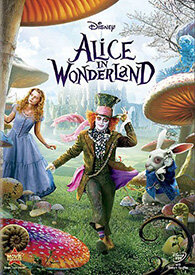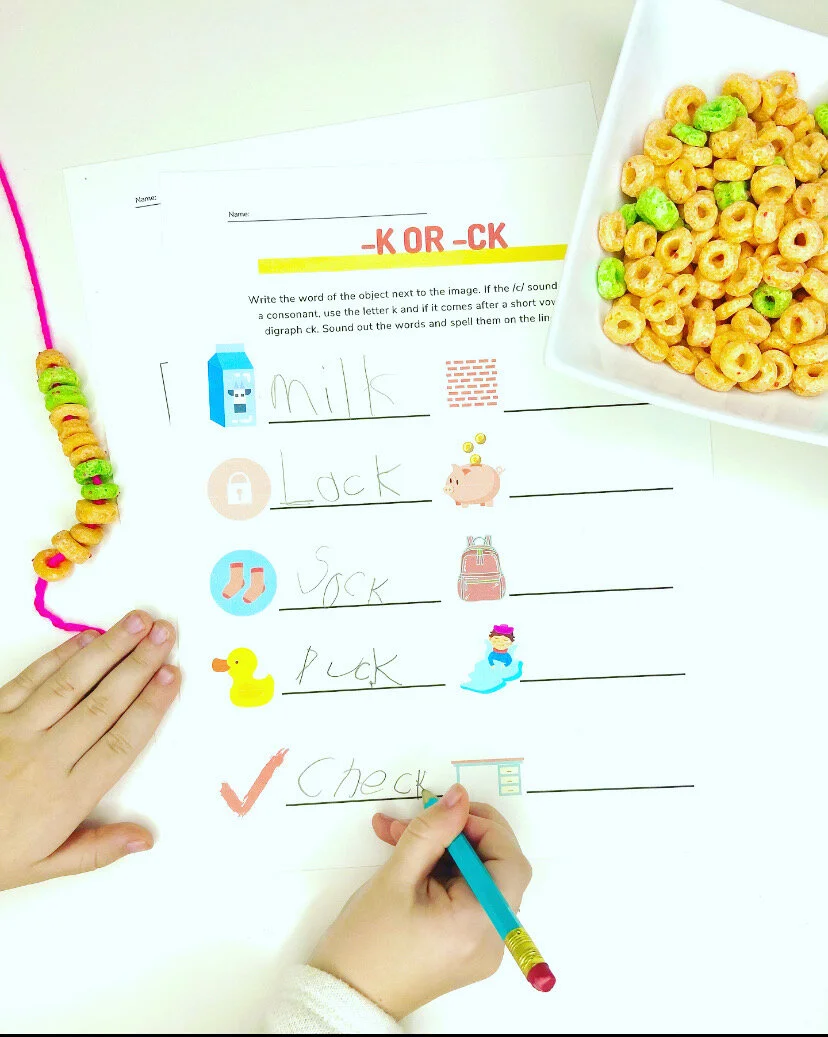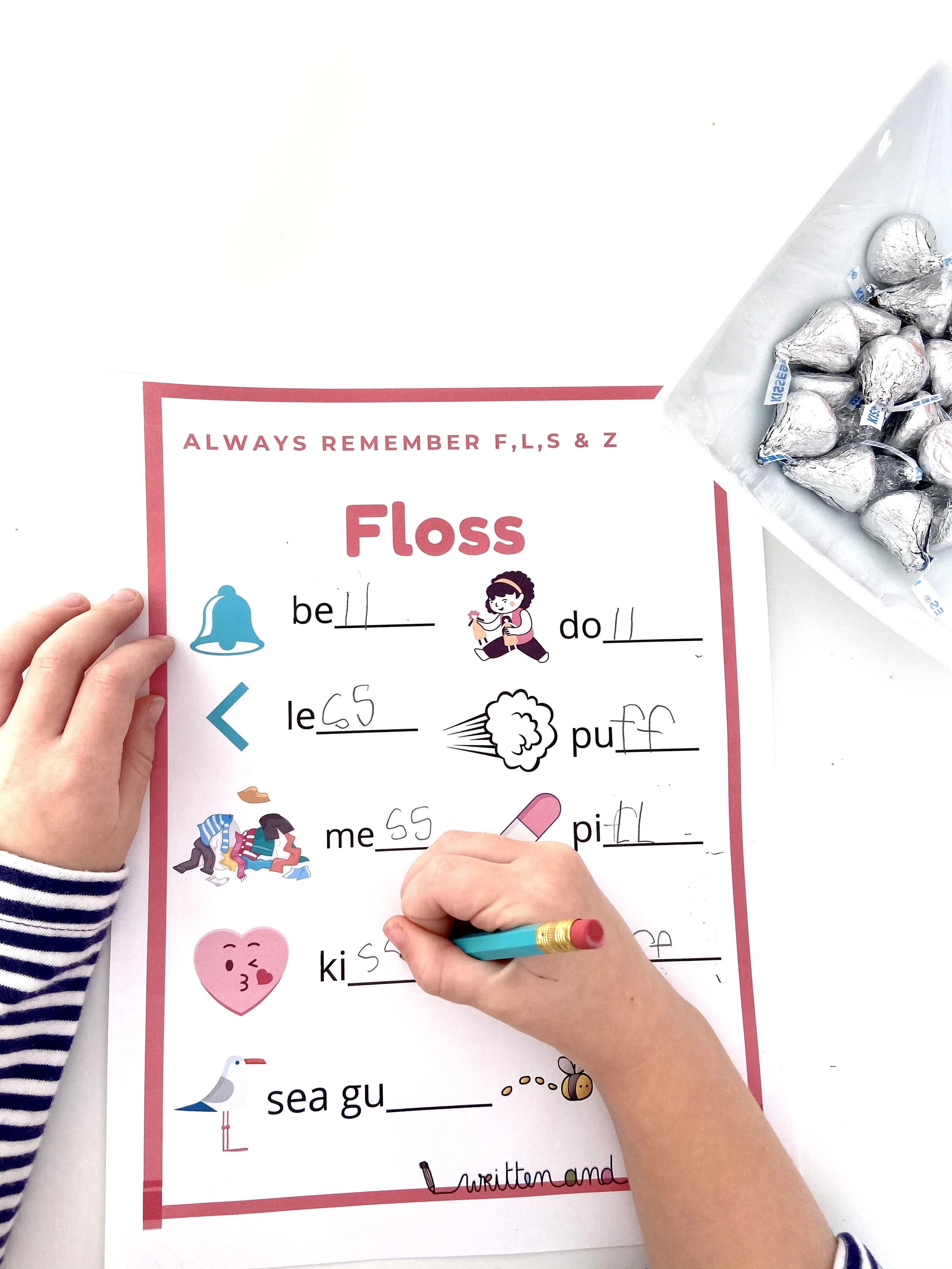When to use K or CK at the end of a word? Enjoy Apple Jacks!
/Playing a game while eating a snack or a meal, takes the “homework” feel out of teaching literacy. For more Eat Your Words activities, follow along on Instagram.
Is there a better way to teach spelling than with sugar cereal!? Thank you, Apple Jacks, for taking me back to my childhood. Download this free worksheet to practice spelling words that end in -k or -ck.
Teach children that the -ck spelling only comes at the end of a word right after a short vowel. When I teach this rule, I often need to reteach or review short vowels and consonants. So on the first worksheet in my download, your kids will cut and paste the words into two categories: words where the /c/ sound comes after a consonant and then those that the /c/ sound comes after a short vowel. On the second worksheet, they can practice spelling the words. And finally, if you bribed them as I did, they can make an Apple Jack Necklace! They can add a little fine motor practice (and sugar) into spelling for the day.























































































































































































































